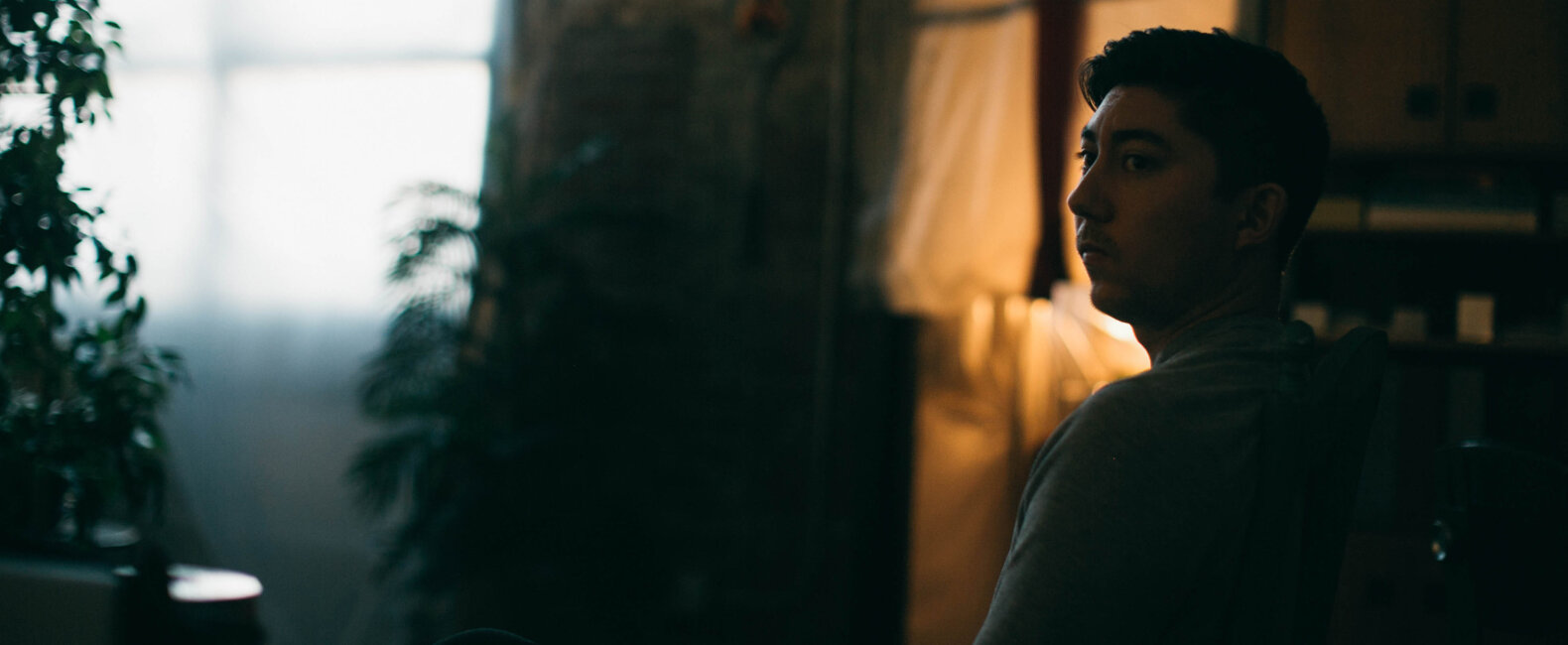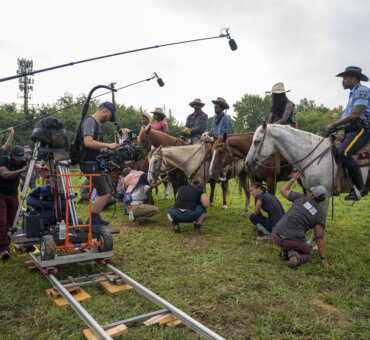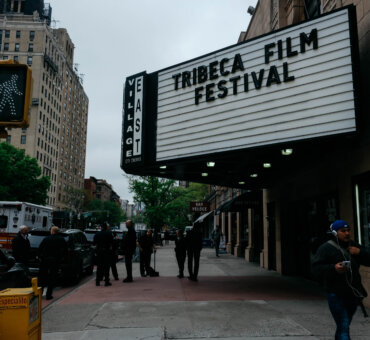Writing is maybe the most difficult of all creative pursuits. There is no momentum. In fact, there are many things actively resisting anything resembling momentum, starting with that looming blank page. William Goldman once said, “The easiest thing to do on earth is not to write” and he was absolutely right.
That’s why it can be a huge advantage, too. There just aren’t many people who write and even fewer people who write well — particularly when it comes to screenwriting. But, as we’ve argued before, it’s maybe the most important thing a filmmaker can do.
And Director Takashi Doscher is proof of that.
When we were screening films at Tribeca Film Festival this year, his film Only stood out to us as one of the most relatable, believable stories out of the bunch. Starring Leslie Odom Jr. and Freida Pinto, the film explores a couple’s relationship in the face of a dystopian future, in which women are quickly going extinct.
It’s a simple, well-executed premise and when we saw he also wrote the film we thought he’d be the perfect person to talk to about writing for film, mainly because he gets how difficult it can be:
“The transition from page to screen is an incredibly violent and destructive process,” he told us. “In my opinion, I just don’t feel like movies actually want to get made.”
The transition from page to screen is an incredibly violent and destructive process. In my opinion, I just don’t feel like movies actually want to get made.
In other words, it’s hard. But, he has some tools and tricks he’s learned that can make the process just a little bit less destructive. A little less violent.
Here are five key aspects of building a believable story from Writer/Director Takashi Doscher.

Make it personal.
I have to start with something personal. Normally, it’s a question or problem or some kind of event in my life that I’m still trying to process, that I’m still asking questions about. Writing is a therapeutic way for me to work out those issues, or at least get them on paper.
There are so many ups and downs in independent filmmaking, but if I feel like I have a deep emotional connection with the material it allows me to ride those waves. It allows you to bounce back from the heartbreak that’s inevitable when financiers fall out of a project.
If I think an idea is cool, that only gets me so far. That may last me six months, or maybe even a year, of motivation. But will it last five years of motivation? I have to be really, really invested in the emotional core or theme of the film. It becomes an obsession.
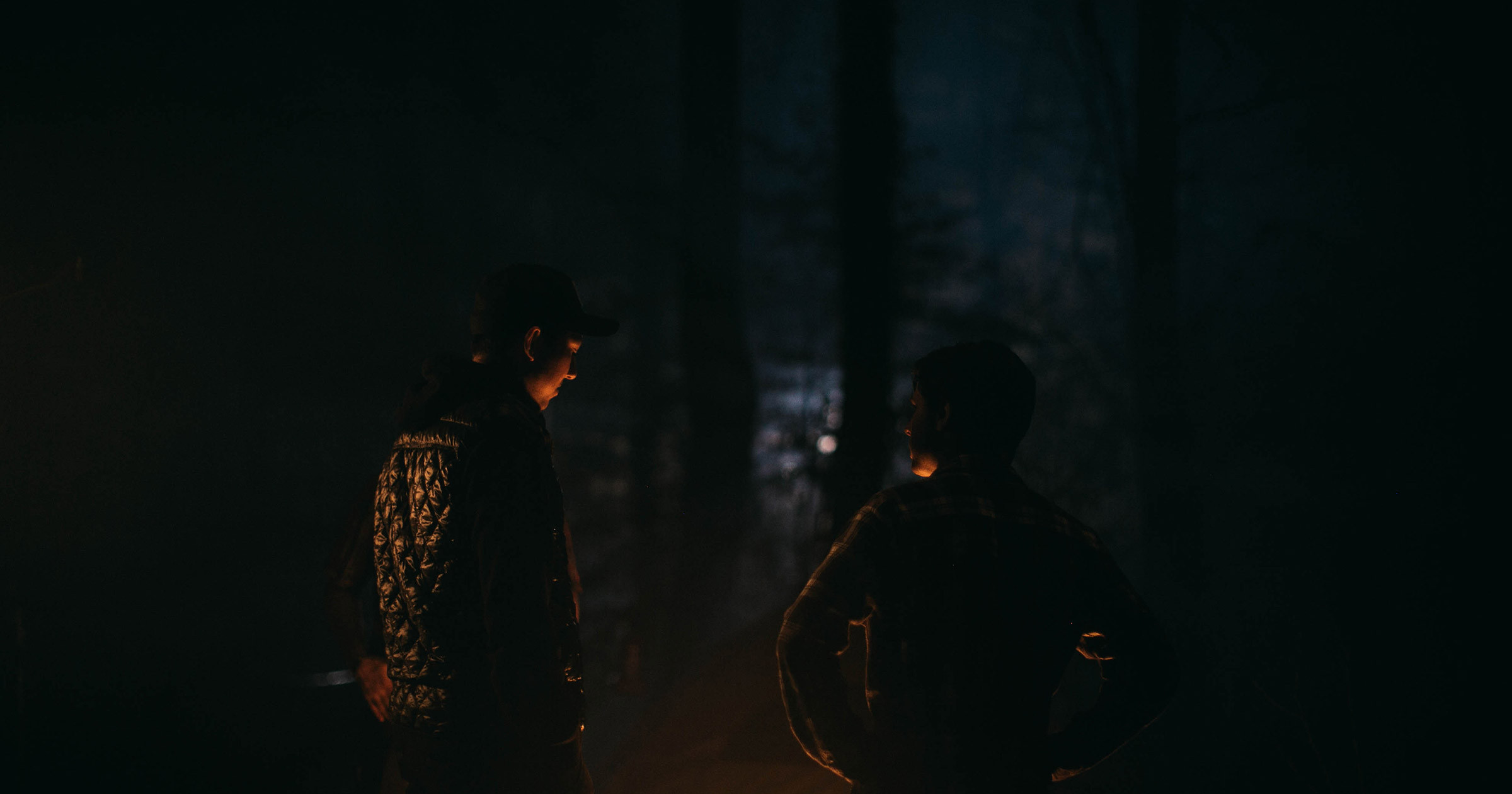
Find your North Star and follow it.
For people who haven’t seen this movie, it’s certainly not structured in a traditional fashion. So, for me, I often times have to figure out what the ending of the film is first. I have to find the North Star of the film.
I heard an interview with Francis Ford Coppola talking about The Godfather and how he chooses a single-word theme. That becomes his North Star. For this film, I didn’t have a single word, but I did have an image. I had a feeling.
It was the image of Eva, who’s our main character, standing on a rooftop and ripping off her hazmat suit and exposing herself to this disease moments before Will, her boyfriend and protector, is able to stop her. That was the image for me, with this darkened sky in the background, ash falling around her, and this electric-yellow suit starkly in contrast. So, I started with that swirl of emotions and that imagery.
Then, from a structural standpoint, I look at a bunch of movies and read a bunch of scripts. I try to dissect some of the films that had endings that emotionally rocked me to my core. Some of those movies are in completely different genres, too. I’ll look at a Pixar film or a horror movie.
I like to deconstruct things and examine how those stories were structured. So, it’s about starting with the ending and whatever that feeling is and then going back and doing a ton of research to figure out what tools other writers have used.
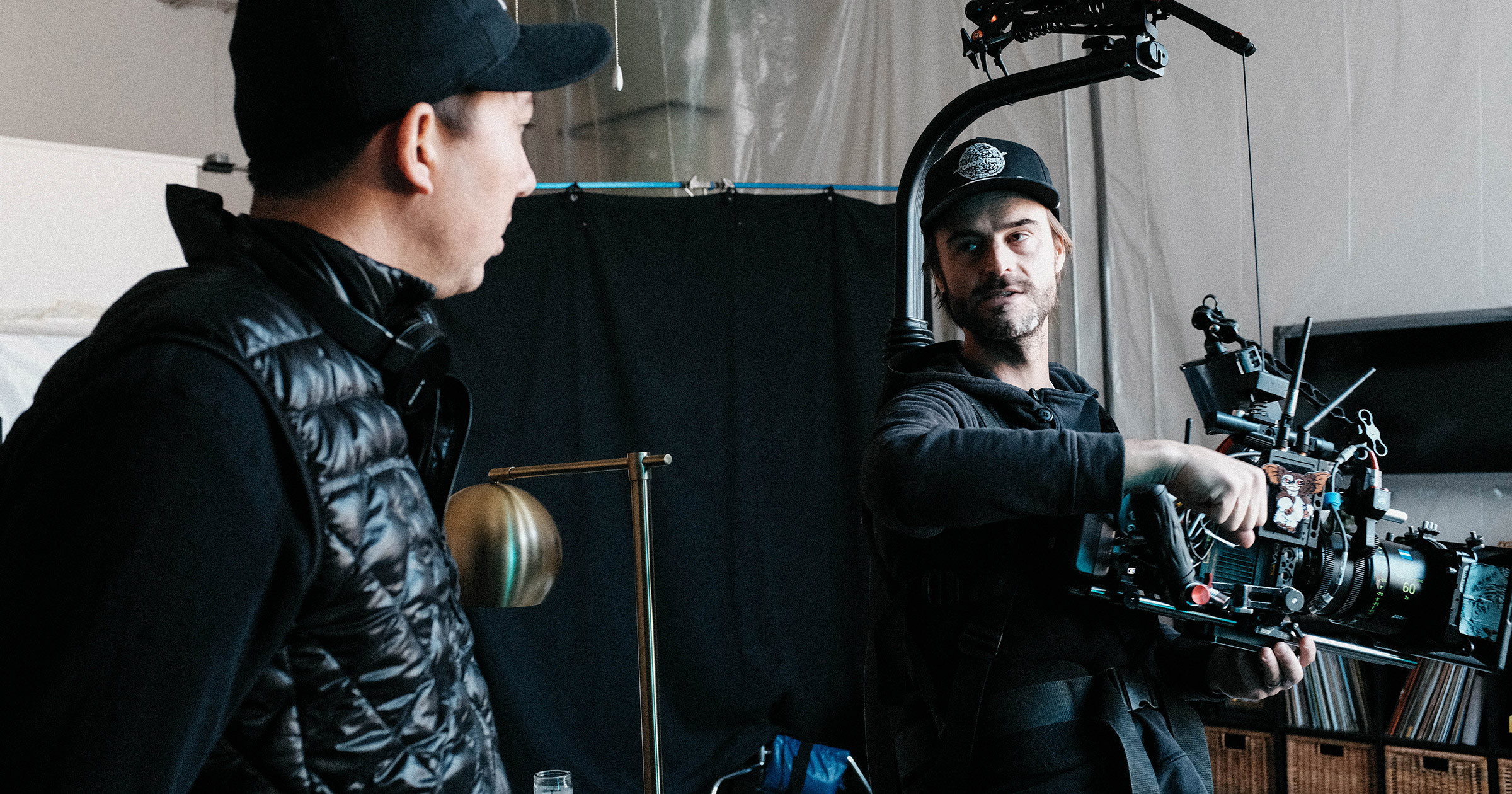
Become your characters.
Creating relatable characters is always my biggest concern. For someone who applies a structure to his movies, I need to constantly remind myself that it’s all about the character. If people aren’t invested in these characters, then it doesn’t really matter what happens to them.
This is sort of a trick that I use. It doesn’t always work, but I certainly used it for the characters of Eva and Will. I’ll write a stream of consciousness from their point of view, in first-person. I’ll set a timer for 30 minutes and write as if I were that character writing in a journal, just talking about my hopes, my dreams, my background, and where I’ve come from.
I try not to edit any of that as much as possible and just dive in headfirst. Normally through that process, I can find some useful threads and things that inform how they talk and their opinion on things. They’re random things that may not ever make their way into the story, but they help me flesh out the character and get to know them.
You eventually have to put on your editing cap and think, Okay, maybe this aspect of the character doesn’t make sense or maybe this won’t work with the backstory. But, that exercise is generally my starting point.
I’m constantly rewriting and changing things. But this stream of consciousness is the one time that I’ve allowed myself to not do that. Often times it surprises me. What I thought would be a character’s motivation becomes much deeper and much more nuanced. Those are always the best surprises.
So, just start removing blocks left and right to see if the tower still stands.
Test the Jenga tower.
I just don’t feel like movies actually want to get made. There are millions of things that seem to go wrong, challenges and compromises that you’re forced to make. Even while you’re shooting and even in the editing room, there are entire storylines and threads that you’ve put in the script that you figure out don’t need to be there.
So, almost like a Jenga tower, you start to remove blocks and see if the tower is still standing. You’re like, “Oh, that’s interesting. If I removed B block, maybe I don’t need A block or C block since there’s nothing actually going to pay off now.”
So, just start removing blocks left and right to see if the tower still stands.
I’ve made two scripted films now that I’ve also written, and I’ve learned that some of the pieces that I thought were so perfectly crafted in the screenplay are just not necessary. There’s almost a freeing of the mind a little bit where I need to open my eyes to what the film may end up being.
That’s the most challenging part of filmmaking, right? You need to obsess over every tiny detail and you also need to have the big picture in your mind simultaneously. I have to come back to that North Star and pass everything through that lens. Are we getting closer to that thing or are we moving further away from it?

Just write something.
A feature screenplay for years was this impossible hurdle. I’d written tons of shorts, a lot of scenes, but the feature was like Mount Everest. It was this looming challenge in the distance.
So, the most important thing I ever did was finished a screenplay.
I don’t think anyone’s read it; I hope nobody’s read it, in fact, but it proved to me that it wasn’t impossible. It proved to me that I could do it and if I could do it once, then I could do it again. You get that next screenplay out into the world and people have a chance to respond to it. People have a chance to critique it and tell you what they like or dislike about the film. From there, it kinds of feels like you’re just holding on for dear life.
Sounds easy enough, right? Ok, maybe not. But, by breaking your process into different sections and using the tools Takashi presented above, you can begin to tackle your own Mount Everest step-by-step. Let’s do a quick recap of his steps:
- Find a personal experience or event and use it as the core for your story. The more you care, the easier it will be to overcome inevitable obstacles.
- Find the North Star for your film, which often times is the climax. Build a compelling moment, image, and feeling, then build a story around it. It’s an old writer’s trick that can help you not only write an interesting story but also remind yourself why the stories matters at all.
- Takashi’s trick for writing authentic characters is to get into their headspace. So, write some stream-of-consciousness narratives from their perspective. The little details make all the difference, so let yourself go wild and find out who these people really are.
- Once you’ve gotten a rough manuscript, start tearing it apart. Remember, unlike a novel, there are two other senses — sounds and sight — that will help tell the story, too. So, remove every piece that’s not essential to your story’s North Star so the film can do the work.
- Just get your screenplay written. That’s a step most filmmakers won’t take, and by taking that step yourself, you’ll learn so much about what it takes to make a film. And, most importantly, you’ll be ready to start writing your second film.















































































